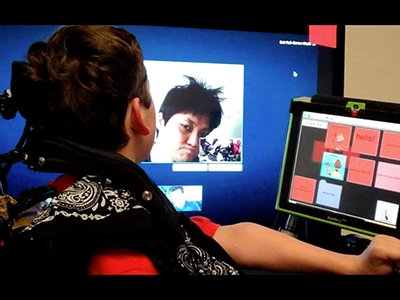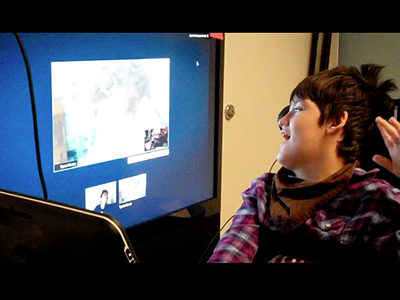Activity 1: Transition Questionnaire
Students prepare for a transition into a new educational placement.
Purpose
Mentees explore their feelings around their upcoming transition.
Mentees discuss with the team information gathered from the Transition Questionnaire and identify areas they would like to learn more about (e.g., clubs, how to be a better student, etc.).
Mentees begin to learn about goals and the concept of working towards something they want to explore, change or achieve.
Mentees review all the information gathered from the Transition Questionnaire activity and work with the Self-Determination Program team to determine if there is something within that information they would like to explore, change or achieve – For example:
- One Transition Questionnaire goal identified by student: “I want to find out more about Yearbook Club at my new school.”
Mentees discuss possible ways to work towards their identified goal at their new school.
Materials
Mentor Preparation
Mentors:
- review the Transition Questionnaire assignment
- determine who will scribe student answers during online session
- determine who will present the questions to the mentees during online session (*questions are pre-programmed)
Activity
Prior to the activity mentees and mentors learn about online meetings – what they are and how they work. (*This activity as an online meeting is optional.)
The Transition Questionnaire is a way for students to reflect on their feelings about this upcoming change in their educational placements.

Mentees and mentors take a moment to greet each other and make adjustments at the start of the session (e.g., device volume, position in front of camera, etc.). Mentors introduce the activity and explain who will ask the questions and who will record student answers. For example:
“You guys are going to graduate from The Bridge School and next year you’ll be going to new schools. There might be things that you miss about Bridge School but there may be things you are interested in learning about at your new school. So, today we’re going to talk about some of those things and you’ll be sharing your responses.”

Mentors end the online session and let students know they will send a copy of their responses to their personal email addresses for students to archive and use in later activities.
Adaptations
- Read worksheet aloud to student
- Provide student with a talking word processing program and/or word prediction for spelling support
- Elaborate and give examples where appropriate
- Shorten number of questions
- Offer multiple choice answers, allow student to select a choice from 3-4 options within a set of plausible options.
- Use partner-assisted auditory-scanning or computer assisted scanning as needed.
- Offer dictated writing strategy for students who do not have access to independent writing tools, where the student communicates a response to someone, who then writes it down for them
- Break down activity into multiple sessions
- Encourage students to work in pairs or small groups to assist one another
- Classroom Suite version to access and complete survey independently
- PDF version to dictate responses to a s
- Use partner-assisted scanning with PDF version with Partner As
- PowerPoint electronic format for students who can read, listen and input information independently using keyboard, alternate input (e.g., AccessIt)
Resource
“It’s My Life. Journal | PBS Kids GO!” It’s My Life . Journal | PBS Kids GO! PBSKids, 2005. Web. Feb.-Mar. 2013.
